In the earlier days of the internet, electro house gatecrashed the electronic scene with its overblown synths and party-rocking attitude.
Now, as the youngest crop of Gen Z ravers thirst for the nostalgia of decades past, and embrace the absurdity of life like few generations before them, the genre is kicking down the door once again.
Once described by journalist and music historian Simon Reynolds in his book Energy Flash: A Journey Through Rave Music and Dance Culture as having “little relationship with either house or electro,” electro house is a notoriously loosely defined corner of electronic music.
However, whether you’re tracing its roots back to early electroclash and the heyday of the bloghouse movement, or would prefer to define its sonic and cultural bounds by its buzzy, distorted synth basslines and raucous party attitude, one thing is for sure:
Electro house, and the spirit of the bloghouse movement that helped take it to the stratosphere almost two decades ago, were alive and well in 2024.
Genre-defining artists made major comebacks, leftfield dance tracks won over the masses, and a pop superstar’s awaited crossover album set the internet on fire—paralleling the scene’s early days of online hysteria and priming audiences for an even stronger reemergence in the year ahead.
Head down the electro house rabbit hole as we plot the sound’s recent revival.

From Kraftwerk to Ed Banger to deadmau5
Before Steve Aoki, deadmau5, Benny Benassi, David Guetta, and Wolfgang Gartner were dropping delirious electro house beats for throngs of shutter-shaded ravers at festival stages in the late 2000s, electro house’s particular niche is traced back to the late 1990s.
Then, musicians in urban hubs like New York and Detroit, and countries like Germany and the Netherlands began crafting music that would later come to be known as electroclash.
Equally focused on performance theatrics as actual music, the genre repurposed barren synth lines from 1980s electro groups like Kraftwerk and New Order, adding heavy distortion and noise over minimal percussion.
Tracks were often spliced with sexually explicit, shout-along vocals that glorified glamour, drugs, and party culture like a college student on a spring break bender, as heard in early classics like “Frank Sinatra” by Miss Kittin & The Hacker.
Though the original wave of electroclash was over by around 2005, the rise of the internet at the turn of the millennium would see the genre seep into the bloghouse movement, running from around 2006 to 2011, per Resident Advisor, before reaching the mainstream as electro house.

Speaking to the outlet in 2023, Lina Abascal, author of the definitive bloghouse book, Never Be Alone Again: How Bloghouse United the Internet and the Dancefloor, described bloghouse as “less a type of music and more about how you found it.”
It was a shapeshifting micro-genre, centered more around culture than any particular unifying sonics. Sounds ran the gamut from Uffie’s cheeky, auto-tuned bars on “Pop The Glock” to the glitchy fidget house of Crookers’ “Day ‘N’ Nite” remix and zipper basslines of The Bloody Beetroots’ “Warp 1.9.”
Firmly rooted in the internet age, bloghouse was instead defined by a newly rampant period of MP3 file sharing, online hype, and cross-genre collaboration.
Music blogs and aggregators like Hype Machine spread MP3 downloads of shoddy, leftfield dance tracks like wildfire. Many were mainstream crossovers, such as Uffie and Pharrell‘s “ADD SUV,” and each was more abrasive and outlandish than the last.
Parties like Bugged Out! in London and Dim Mak Tuesdays in Los Angeles moved the needle IRL. It was common for the era’s pop-culture icons, like Paris Hilton, Will.i.Am, Lindsay Lohan, and Katy Perry, to be caught on camera on the LA party circuit, archived on more blogs like The Cobrasnake.
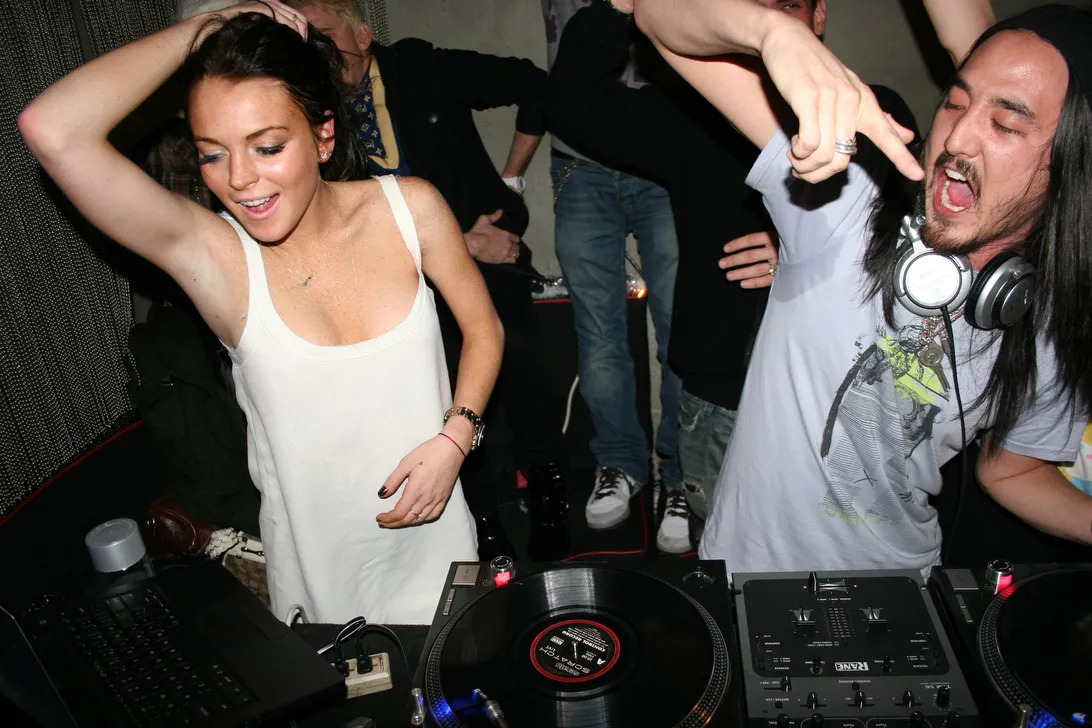
In the sound’s infancy, artists like Justice and Soulwax, pulling inspiration from Daft Punk before them, beefed up electroclash’s 80s synths even more and hit the clubs in Europe, priming their noisy, buzzsaw toplines for a global explosion.
If one were to pick a physical location, ground zero would be Paris, where former Daft Punk manager Pedro Winter’s Ed Banger Records, the home of Justice, and other labels like Institubes and Maison Kitsuné would spearhead the movement with some of its most foundational releases and compilations, from Uffie, Cassius, SebastiAn, Mr. Oizo, the late DJ Mehdi, and Winter’s project, Busy P.
Early on, Chicago’s Felix Da Housecat would also help pioneer the sound with “Madame Hollywood,” featuring Miss Kittin, among other tunes, and London’s Erol Alkan would become one of the movement’s most iconic artists with many a raucous remix on Maison Kitsuné, a residency spot at Bugged Out!, and his own heralded club night, Trash.
Another mirroring movement, Nu rave, would take hold in the UK, with indie bands like Bloc Party and Klaxons releasing on popular labels of the era like Aoki’s Dim Mak and Maison Kitsuné, as well as Simian—later, Simian Mobile Disco—who teamed up with Justice for the unequivocal bloghouse anthem, “We Are Your Friends.”
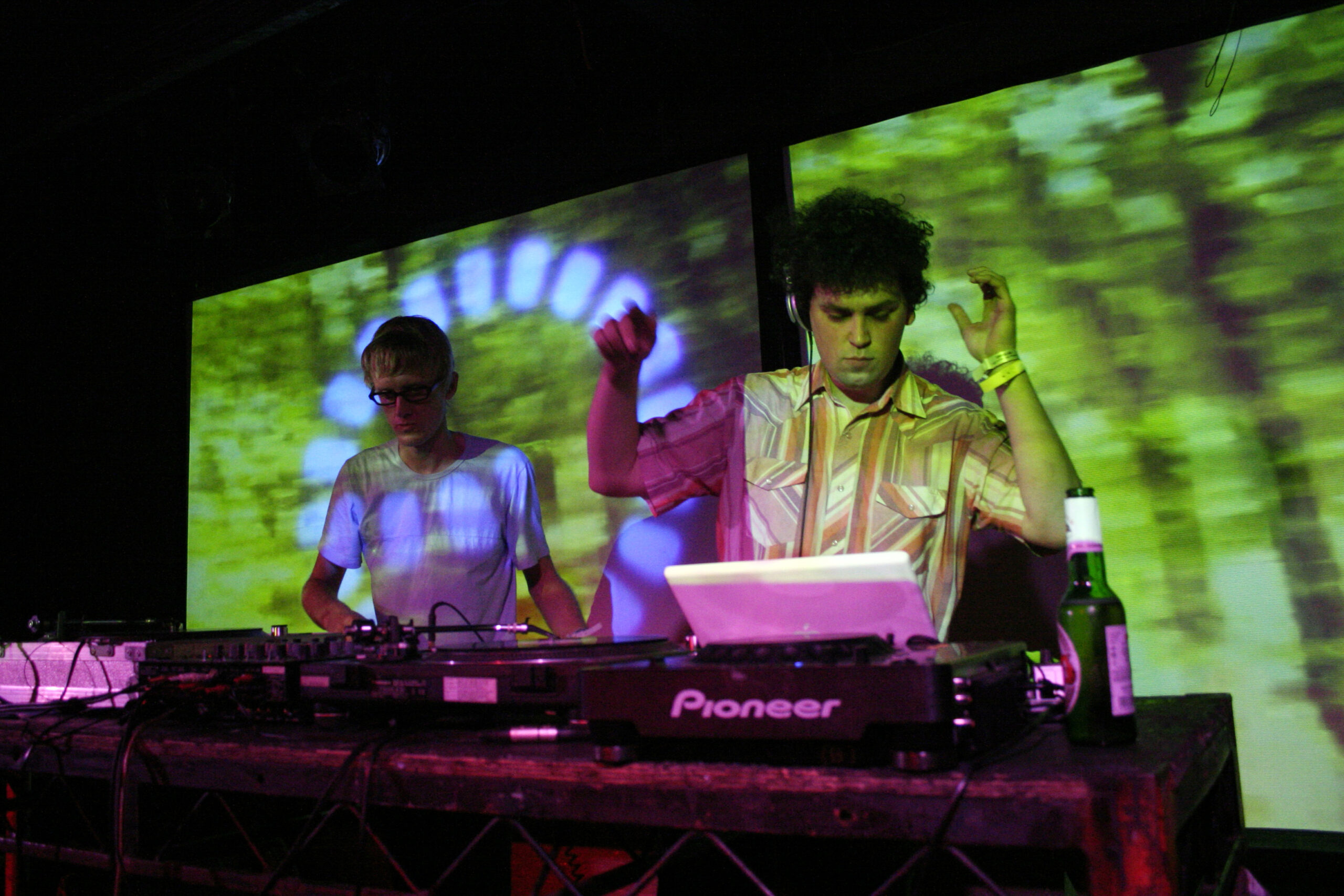
Boys Noize would champion the sound in Germany, and artists like Steve Aoki, Diplo, Switch, Dan Oh, A-Trak, and the late DJ AM would take up the mantle in the U.S., playing all over the Hollywood party circuit, as EDM was about to emerge.
The sound would reach its final evolution as electro house, bolstered by the commercial success of tracks like Benny Benassi’s “Satisfaction,” deadmau5’s “Ghosts ‘N’ Stuff,” Aoki’s “Pursuit Of Happiness” remix, and Wolfgang Gartner’s “Illmerica.”
Electro house has been a minority in the dance music scene ever since Skrillex released Scary Monsters and Nice Sprites. Harder, more drop-focused beats took over and audiences crowned brostep, trap, progressive and big room house as the next big things.
That is, until now.
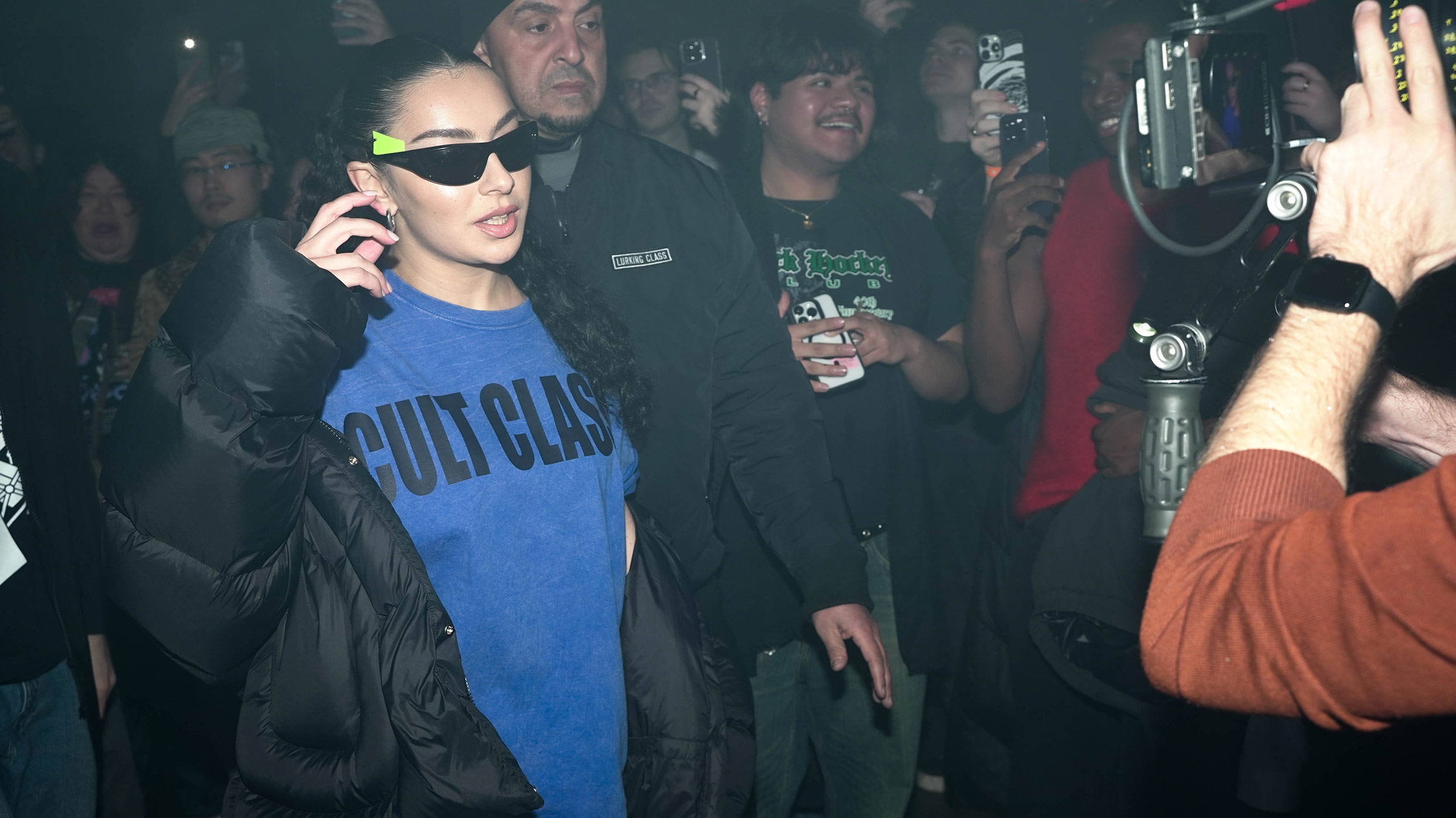
Everything is Brat. Everything is bloghouse.
Prior to the arrival of Charli XCX’s now Grammy-nominated sixth studio album in June, some dance music fans on the periphery of the Brat-osphere could be forgiven for lumping it in with the pop music mainstream.
But at this point, it’s well understood in critical and commercial circles that musically, Brat is a direct homage to the club sounds of Charli’s youth.
The Essex, UK-raised singer-songwriter, who performed at raves as young as age 14, per Resident Advisor, has discussed influences ranging from Justice, Uffie, Jackson and His Computerband, Peaches, SebastiAn, and DJ Mehdi, to Ed Banger and seminal parties like Bugged Out! and Maison Kitsuné.
Near identical similarities between “Von dutch” and Bodyrox’s “Yeah Yeah” meant the single, later remixed by Skream and Benga, was initially reported to have sampled the 2006 electro house hit.
Listen to tracks like “Club classics,” “Rewind,” “Girl, so confusing,” “Apple,” “B2b,” “Mean Girls,” and “365,” and you’ll hear a spectrum of warped basslines ranging from early Justice to Wiley’s “Wearing My Rolex.”
Many of Brat‘s co-producers are foundational to their respective corners of dance music, including the late electronic production legend SOPHIE, A.G. Cook, Hudson Mohawke, Gesaffelstein, EasyFun, The Dare, and Linus Wiklund, who helped produce Zedd‘s “Stay” along with tracks by Avicii, and David Guetta.
And though she’d previously crossed over into the scene and dabbled in various styles of avant-dance and hyperpop, Charli’s electronic opus also saw her thematically embrace club culture like never before, perfectly timed with, and contributing to, a recent explosion of Y2K aesthetics in popular culture.
Encapsulating all the sweaty scene parties of its stylistic predecessors in just one word, Brat’s careful rollout placed her at the center of two scenes: wrapping pop fans in a new universe of dancefloor hedonism, and staking her claim in clubland with her new sound and viral PARTYGIRL events for Boiler Room.
The first PARTYGIRL was the party and livestream outfit’s most RSVPd event ever, leaving 36,902 hopefuls without a ticket. The concept, which features a mix of DJ sets and live performances, then rolled on to Barcelona, Amnesia Ibiza, and other global destinations.
Though it was perhaps the first in a series of Boiler Room crossovers this year that has led some to write the outlet’s eulogy, a closer look at PARTYGIRL and knowledge of Brat’s artistic universe reveal authenticity and plenty of parallels to bloghouse’s heyday.
Alongside Charli and Brat-y special guests like Julia Fox and Addison Rae, each event featured performances from a bevy of the album’s producers, many of whom are carrying on the sonic legacy of the album’s influences, such as The Dare and George Daniel.
The Dare is the NYC-based project of Harrison Patrick Smith, who produced Charli’s hit single “Guess” and caught acclaim this year with his album, What’s Wrong With New York?, featuring the viral single “Girls,” a body of work that has become the poster child for a recent electroclash revival.
Quippy lyrics that glorify partying and promiscuity cut through overblown synths and electric guitar riffs on WWWNY, tapping nostalgia for bands like LCD Soundsystem at a time when the mid-2000s are finally old enough to be retro.
George Daniel, in addition to producing “Club classics,” and “Apple” (and being Charli’s fiance), is the drummer and principal producer for one of the biggest bands this decade, the 1975. Now, amid the height of Brat hysteria, he’s launched his very own independent, club-focused imprint, dh2, an offshoot of the 1975’s longtime label Dirty Hit.
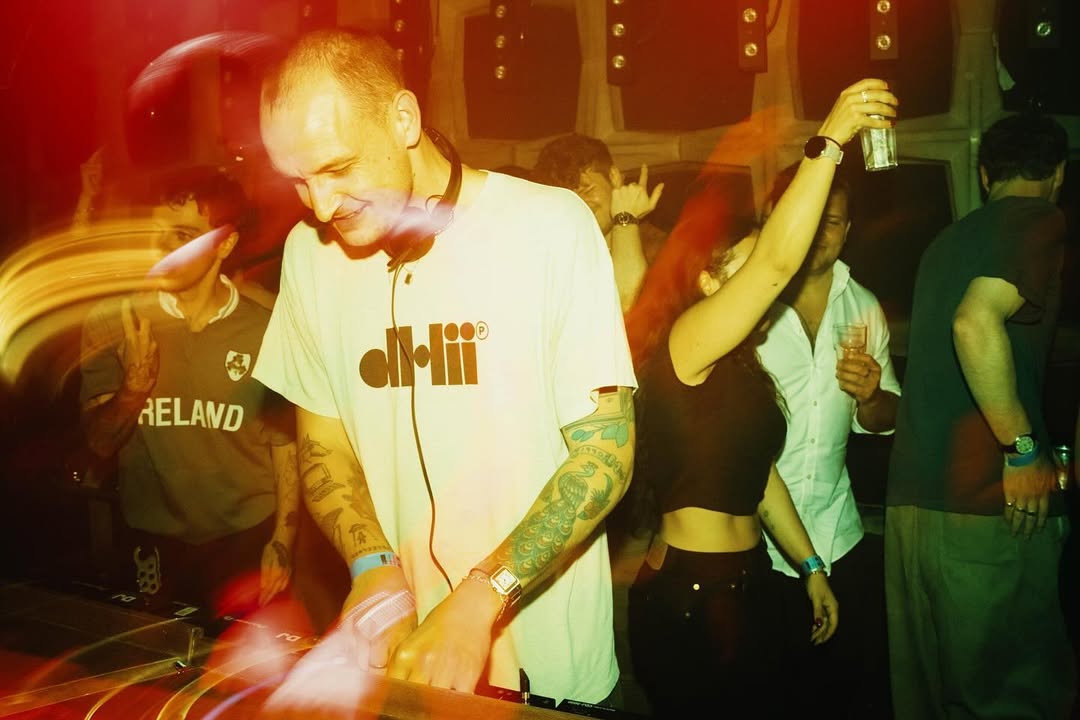
Originally a club night, dh2 has made some top underground signings, including melodic techno darling Kelly Lee Owens’ new album, deep house artist Oscar Farell’s debut solo original, and Daniel’s own debut, “Screen Cleaner.”
Released in August, the bouncy bassline track flips an old-school dial tone into a bits-inducing blend of mangled electro house you might have found on Hype Machine back in 2007.
Though the other PARTYGIRL players aren’t as central to electro house’s comeback, A.G. Cook, a producer of 12 Brat tracks and the founder of seminal hyperpop label PC Music; EasyFun, Charli’s longtime collaborator and producer of “360,” “Von Dutch,” and “I think about it all the time“; and Doss, a ten-year veteran producer and respected selector on the queer clubbing circuit, have given plenty to electronic music in one way or another.
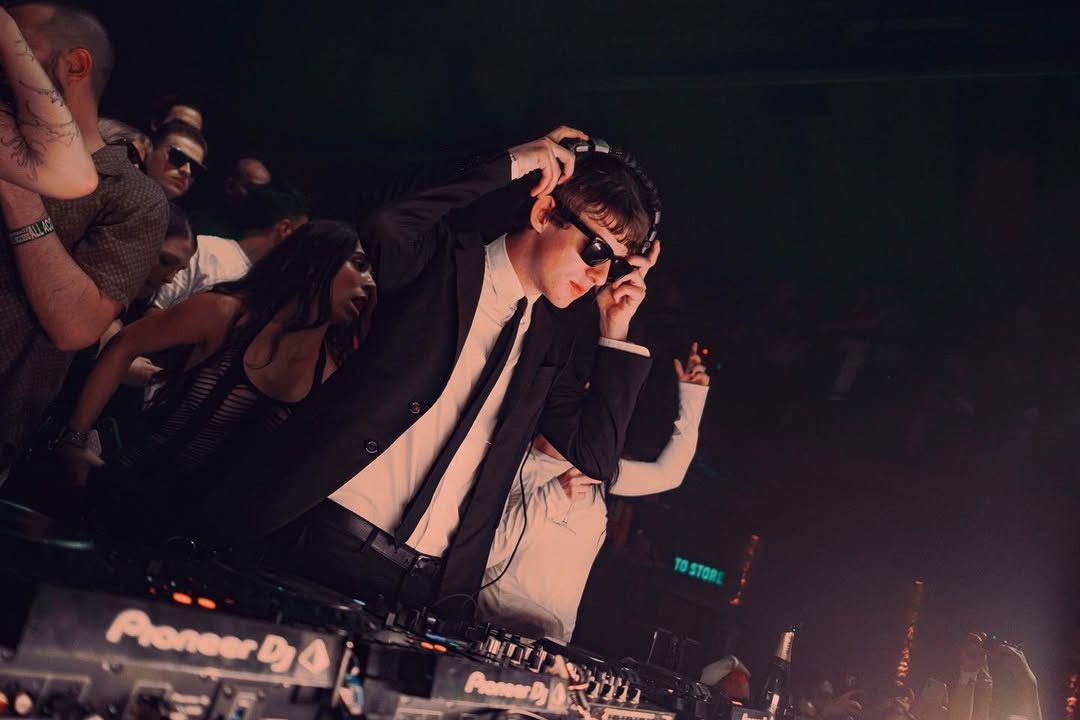
Some clubbers may sneer at the sight of established pop stars like Charli and Rebecca Black on stage at sweaty Boiler Room raves, but these obscure crossovers aren’t far from LA in the early 2000s. Even Lindsay Lohan hopped on the decks once or twice.
In the grand scheme, from the underground to commercial music’s biggest power brokers, clubbing is cool again. Whether that’s good or bad for the scene—only time will tell. But it sure does a lot to push electronic music forward and bring our favorite sounds to new people.
With the release of the Brat remix album, mainstream pop fans are suddenly begging for remixes, edits, and VIPs, just like you do with your friends at Club Space. Perhaps PARTYGIRL is making new dance converts out of fans who come for the party but stay for the music.
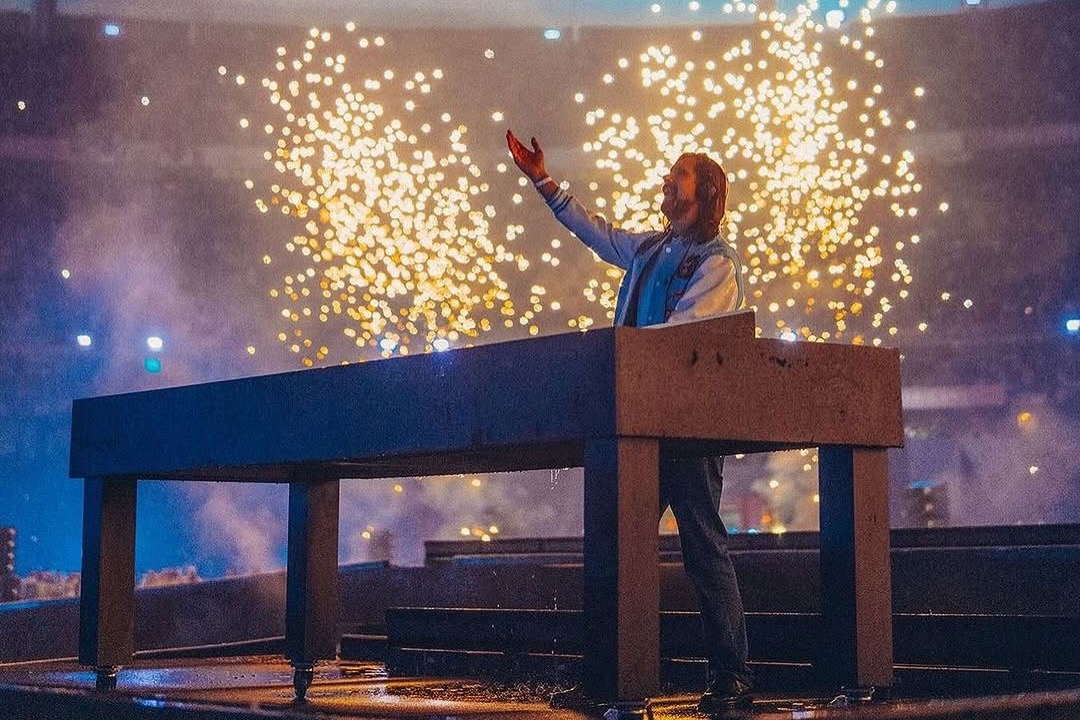
The Renaissance Continues
Charli XCX & Co. aren’t the only artists leading the electro house comeback. The musicians that influenced Brat are having their moment too, next-gen acts are carrying the torch, and dance music’s leading tastemakers are taking notice and embracing the genre across a present-day scene that is more functionally aligned with bloghouse than ever.
In April, Justice roared back with Hyperdrama, their first full-length LP in eight years, and a massive live tour that will continue in 2025. Hyperdrama and its lynchpin single, “Neverender,” are up for Grammys this year.
Elsewhere in the Ed Banger universe, Cassius and Busy P performed at the Paris 2024 Paralympics; Bloghouse crossover king Kid Cudi, now a superstar, played B2B with Busy P to celebrate 15 years of Man on the Moon and reunited with the label as a Justice afterparty special guest; and Uffie just launched a new party in LA with The Cobrasnake and A Club Called Rhonda.
In August, Dim Mak Tuesdays returned to its old stomping grounds in Hollywood with a DJ set from The Bloody Beetroots, who will embark on a 20th-anniversary world tour in 2025. One month later, electro dubstep trailblazers NERO dropped their first album in nearly a decade ahead of a return to touring.
Quickly rising through the ranks are a slew of electroclash DJ groups and bands like Frost Children, Fcukers, and Snow Strippers. The latter two will play Coachella in April and are reaching the mainstream dance space with respective gigs for Boiler Room and ISOKNOCK’s recent hometown show.
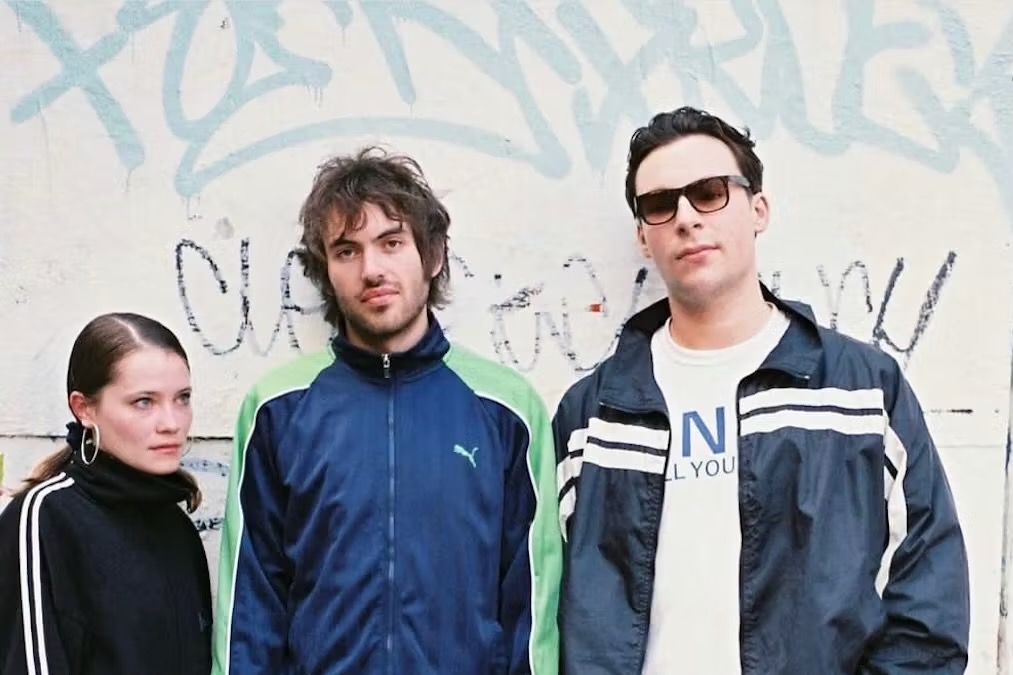
We’ve heard electro house sounds, in a variety of flavors, reemerge in dance tracks this year, like Jersey’s “I Need For Speed,” Interplanetary Criminal’s “No Time,” Confidence Man’s “BREAK IT DOWN (ON THE BASSLINE),” TSHA’s “Girls,” and Rico Nasty and Boys Noize’s “Arintintin.”
Mura Masa’s entire new album feels like a take on glitchy bloghouse sounds, with particularly aligned tracks like “We Are Making Out” and “SXC,” and famed electro house DJ and rapper Princess Superstar is firmly back in the limelight thanks to Hamdi’s “Counting.”
In the same Resident Advisor story, Lina Abascal described Justice’s “Waters Of Nazareth” as having inspired a generation of artists “who’d realized the single most punk thing you could do in the mid-’00s was make fucked-up club bangers on your laptop.”
Cast an even wider net across the whole of electronic dance music and you’ll find today’s scene isn’t far from what she describes. While not always electro, big, bold sound design, lo-fi sawtooth and sine waves, and wacky drops are all the rage right now, from London underground hero Joy Orbison’s “flight fm” to viral bass trio Levity’s “Flip It.”
In techno circles, speedy, tongue-in-cheek trance and Eurodance edits are surging via Marlon Hoffstadt and DJ Heartstring, bringing dancefloor fun and absurdity back to a scene often characterized by its rigidity and seriousness, much like electroclash and bloghouse did decades prior.
Nearly twenty years ago, bloghouse’s groundbreaking cultural crossovers, fast-paced growth, and swelling international community were precipitated by a new level of connectedness and instantaneous access to new music with the arrival of the internet.
Now, social media, digital streaming platforms, TikTok, and the concept of virality have made music consumption even more immediate and music creation even more collaborative.
Crossovers dominate the modern scene, from NBA star Shaquille O’Neal’s exploits as a dubstep DJ to cross-genre productions like John Summit and Sub Focus’ “Go Back,” and ultra-niche meme pages like Johnsummif and Ketsupport have emerged as a new standard for community building, feeding online hype for new tunes at a feverish pace.
Though the internet and technological advancements have shaped the evolution of electronic music throughout history, the immediacy that once explained bloghouse specifically has become a defining attribute of the entire electronic scene.
And across the electronic music zeitgeist, the scene’s leading tastemakers are leading into electro house and its cultural universe:
Arman Van Helden’s “ADD SUV” remix did the rounds this festival season with consistent plays from Mau P. Chris Lorenzo recently reworked Laidback Luke‘s “Bring The House Down.” Four Tet and Solomun’s Tomorrowland B2B was packed with electro house screechers. And Skrillex’s recent Instagram dump featured Mr. Oizo’s “Flat Eric” puppet, among other related tidbits.
As the nostalgia train rolls on to the 2010s, keep your ears peeled for more screaming electro house basslines in 2025.







